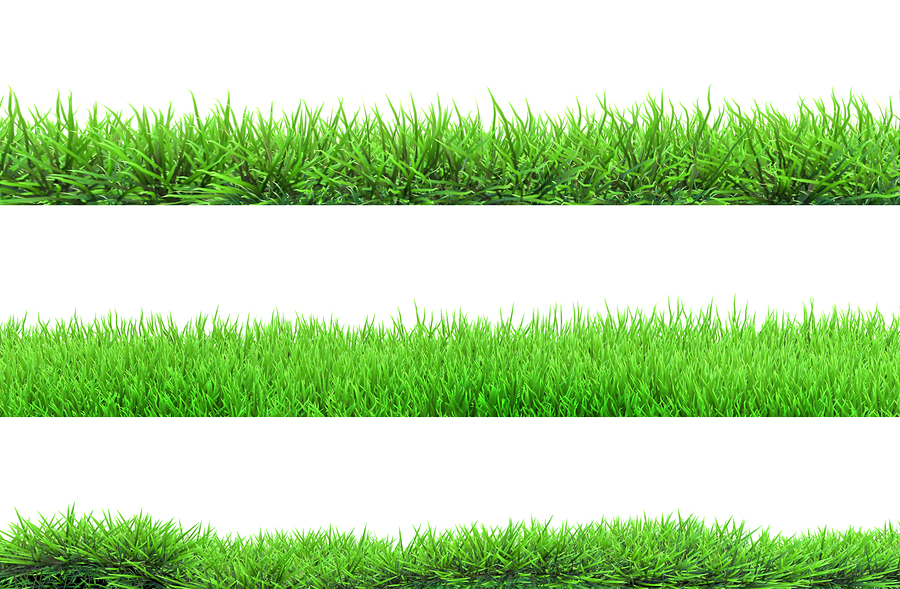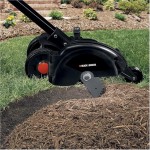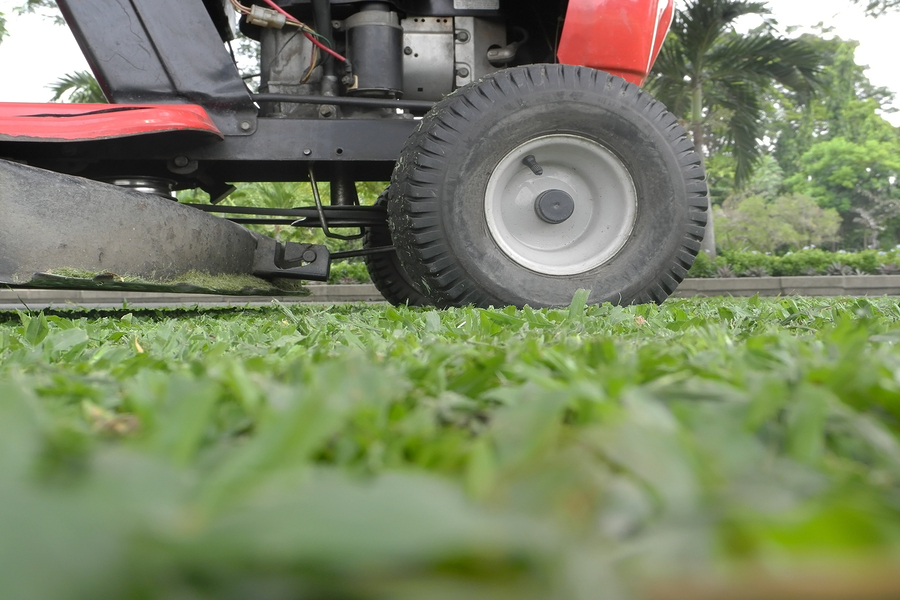
There are many types of grass, as you will know if you have read from this website for any length of time. Edging your lawn is an important task and the grass type that encompasses your yard will make a difference in how much edging is needed. So, let me give you the answer to what grass type needs more edging.
First of all, edging involves an edger. No joke right. An edger is a lot like a weed whacker except the business end has a short blade on it that cuts a groove between the turf and sidewalks. It also cuts grooves between turf and driveways and turf and mulch beds. It is meant to stop grass from creeping over onto concrete or plant beds. Some grasses are worse about creeping than others.
What Has a Lawn Edger to Do with Tougher Grass?
And what grass type requires the least amount of edging? Tougher grasses to edge are types that spread out easily. Grasses like Bermuda, Centipede, and Zoysia are the best about spreading out. That is a great quality for grass but it does make it more work on the property owner as it spreads easily over to areas it is not meant to live on. So it is a double edged sword when it comes to these quality grass types. You want them to spread easily to cover bare spots in the lawn. However, creeping over the concrete and pine straw is not what you desire. I will take the creeping quality since I can edge the turf to keep the grass in check.
What Grass Type Needs More Effort?
There are grasses that don’t require much edging, although most every grass type can benefit from a good edging at least occasionally. Fescue grass does not spread as easily as the ones mentioned previously. That means less edging is required, but it also means more overseeding each year as it does not naturally spread on its own. You may not have to edge the lawn as much, but you will have to buy more seed each planting season to fill in thin spots.
Rye grass is similar to fescue as it will not spread very easily on its own. This type of grass is cheap as well, compared to other grass types. But it will only last a few months as it is a cold weather grass. It is a good filler for grass that goes dormant in the winter. But as soon as the weather turns warm, it will die out. So you have to plant it each fall to get it going again. Edging is not really necessary except maybe twice during the winter months. So that is a plus with Rye grass. This grass also keeps muddy spots from forming in a wet winter as the dormant grasses thin out.
And My Favourite Grass Type to Edge is……..
If I had to choose, I would take Centipede, Zoysia, and Bermuda over Fescue and Rye grass. The edging will take more effort, but the turf will be better overall. The self spreading grass types may be more costly at the start, but longterm they will save you some cash. Fescue and Rye grass are less expensive but you have to re-seed with these grasses every year. That is a huge consideration when you figure how long you will be at you current residence.
Edging is an extra task when it comes to your lawn. But it is not a big hassle and certainly not enough of an issue to determine the grass type you plant. The grass type should be determined by your climate and the long term savings. Before you edge, make sure that you cut the grass at the correct height as well!
Happy Mowing and Edging!






